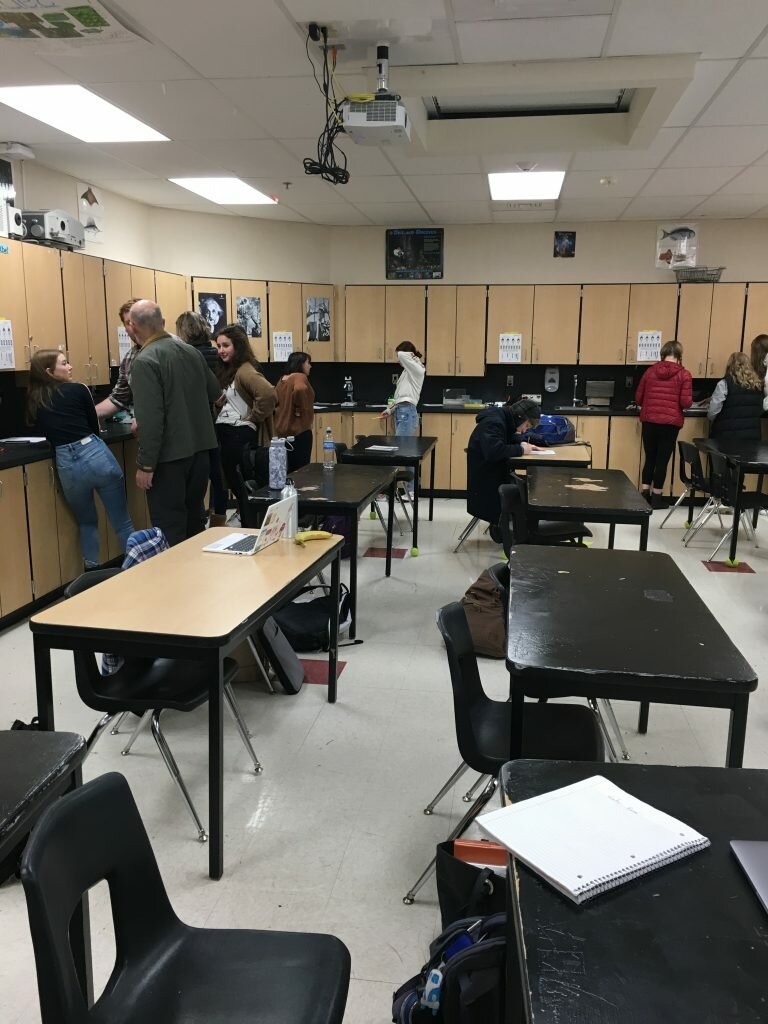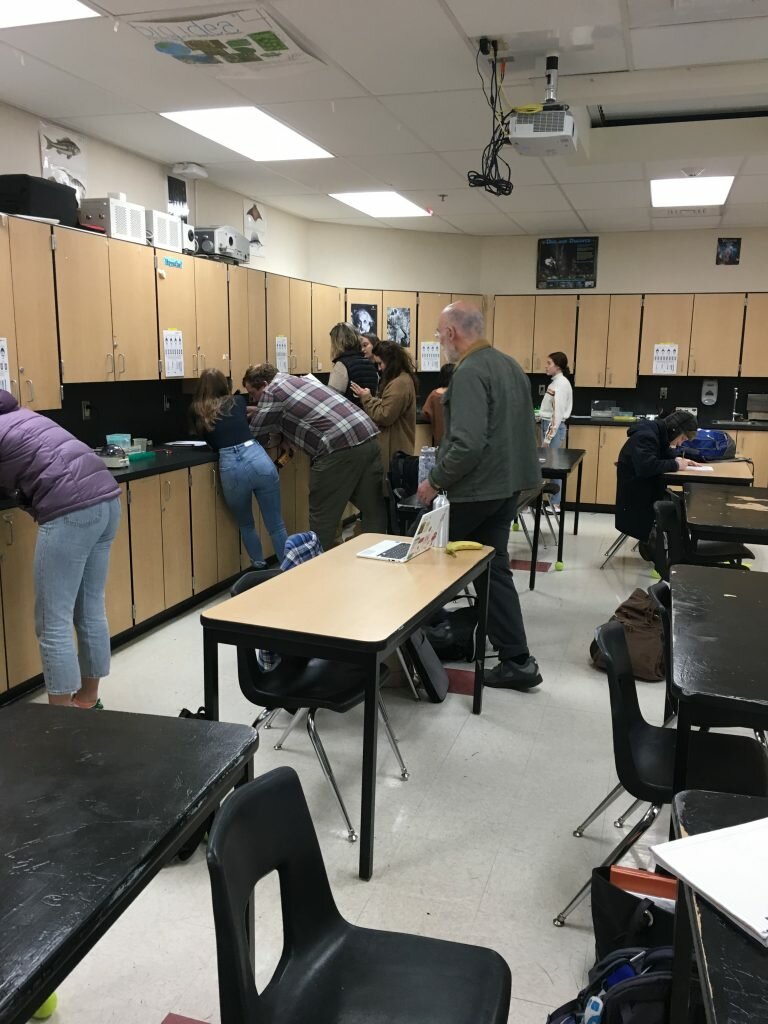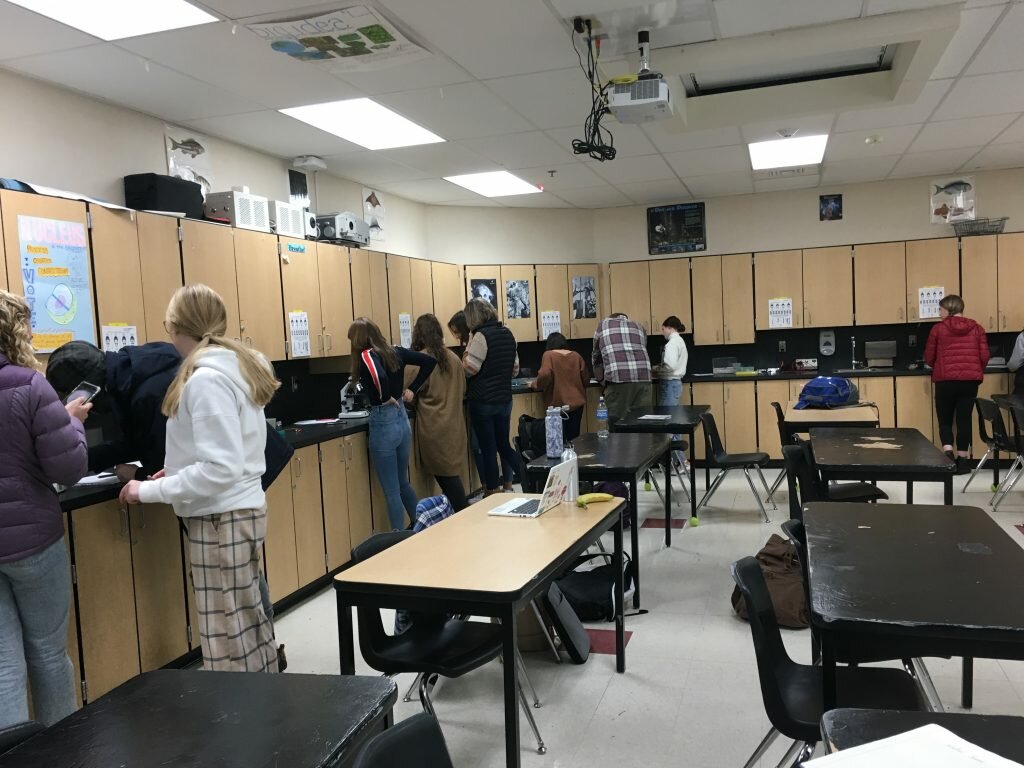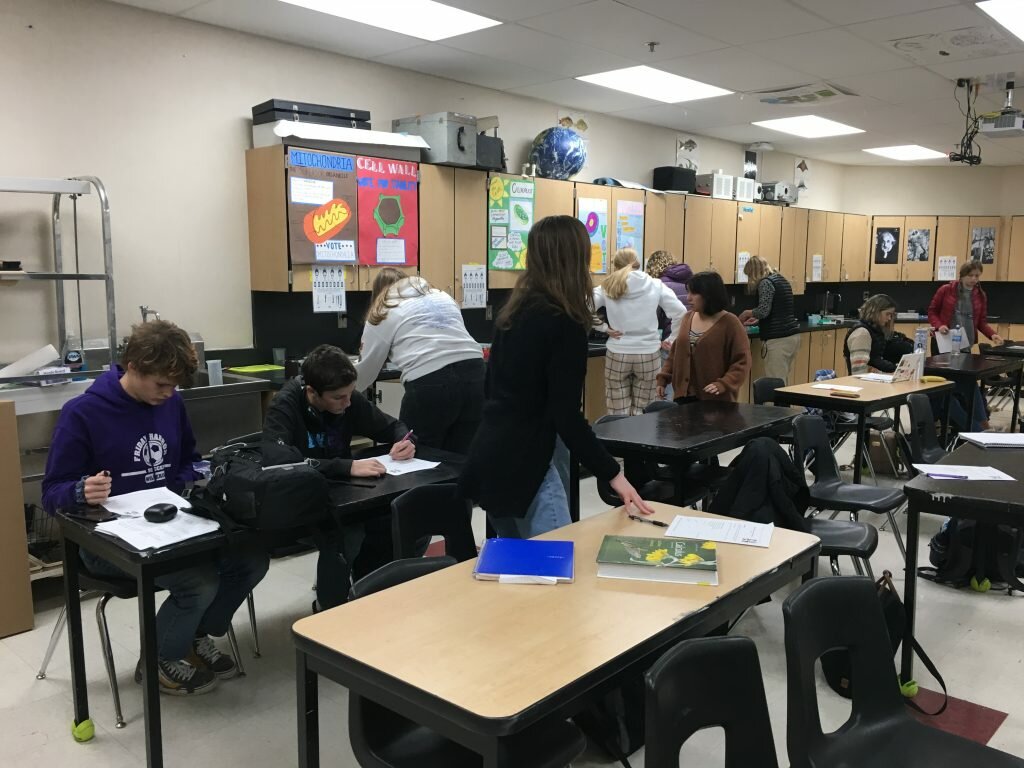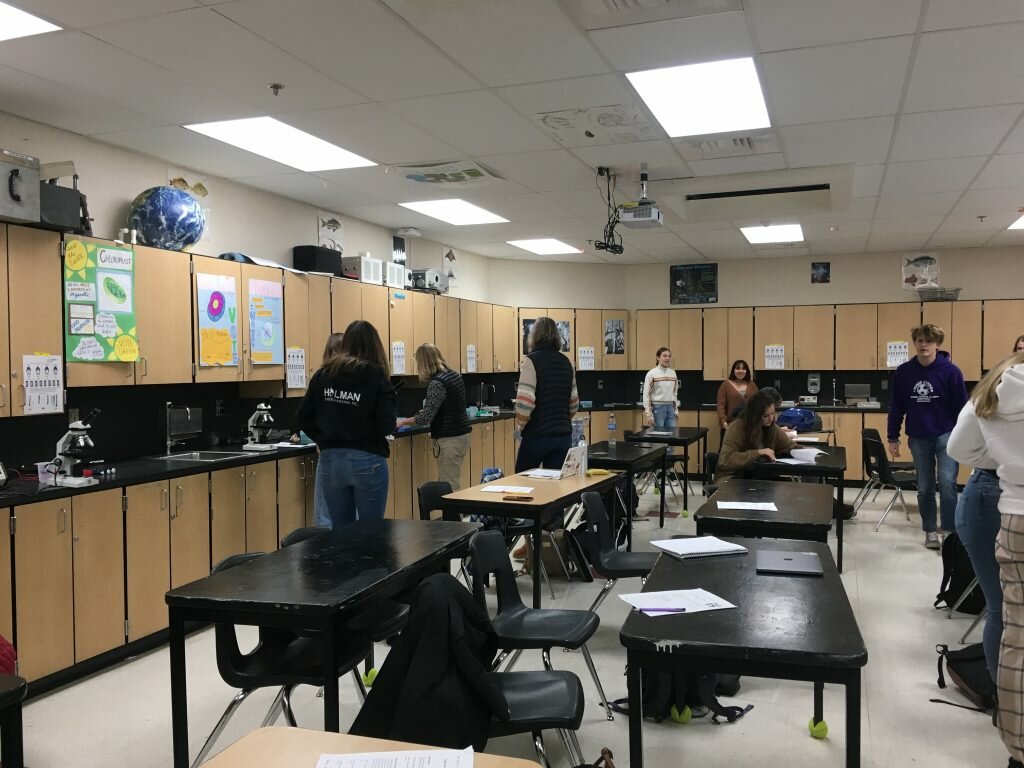This post from Andrew McGuire of WSU is part of an ongoing scientific discussion about the relative effects of cover cropping and monoculture. This excellent summary of historic and ongoing research helps to bring us up to date on this complex, fascinating, and timely subject.
Excerpt from the article:
Soil diversity not linked to plant diversity
One last contrary finding. Another common belief is that a diverse mixture of plant species will drive greater diversity in the soil than a monoculture. This is often given as a reason to grow cover crop mixtures. Here again, we have a new analysis of the accumulated research investigating this mechanism. Zhou et al. (2020) analyzed 1235 experiments done around the world on the effects of what they call global change factors on soil microbial diversity. These change factors included land use change, such as occurs when a natural ecosystem is converted to agriculture, and nutrient fertilization. From this analysis they make several surprising conclusions.
First, most changes in the number of species (alpha diversity) can be explained by a change in pH. pH! It truly is the master variable in the soil. This is good news, as we can and often do manage soil pH.
Second, as they state it, “Conversion from highly diverse natural ecosystems to homogeneous agricultural monocultures has a positive effect on microbial alpha diversity.”
Read that again, a positive effect. The same goes for conversion to pasture.
What is more surprisingly contrary is that this implies, and the authors state this, that changes in soil microbial diversity (number of species) are NOT linked to changes in plant diversity. I know, heresy, but thus sayeth the science.
This does not mean that the conversion to agriculture is all positive. The microbial biomass is reduced, probably due to the change from perennial to annual plants and the associated decrease in carbon flow to the soil3. Agriculture also changes the structure of the microbial community. What these structural changes mean in the crazily complex soil is a difficult question to answer, but they may all not be beneficial with respect to the soil or the environment. This does, however, remove another purported reason of growing cover crop mixtures.

Read Andrew’s full article here:




















